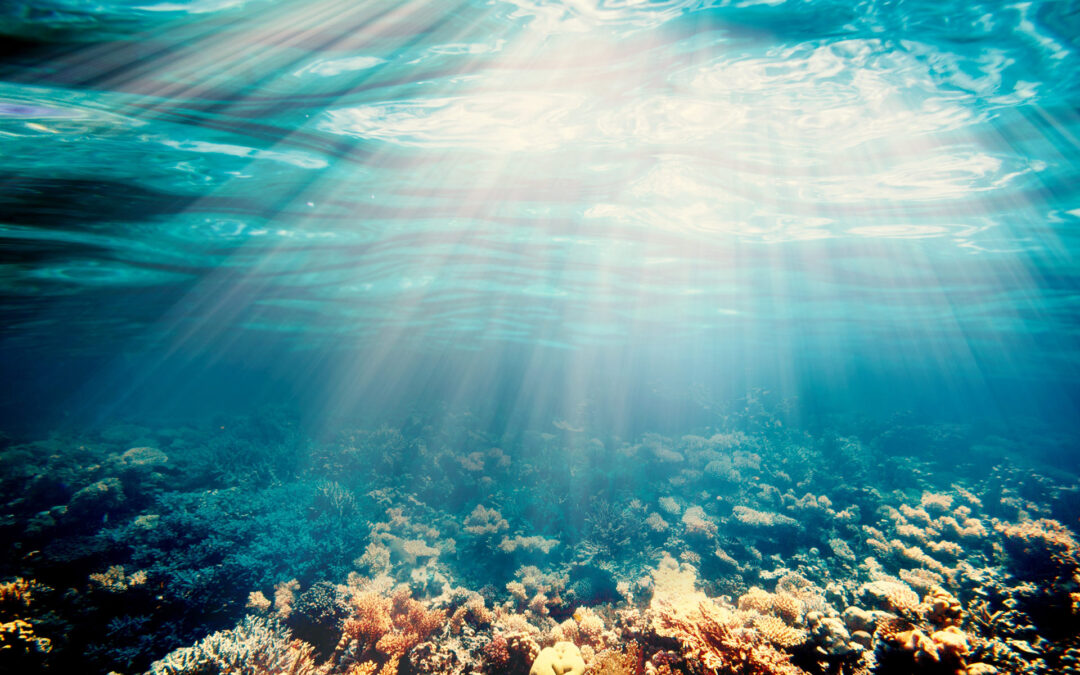In a country with more than 8,000 km of coastline, Widech has invested in a national technology: 40South Energy Italia designs and manufactures machines for the production of energy from the exploitation of wave motion.
Today, more than ever, all countries are committed to the fight against climate change in order to reach the objectives of limiting CO2 emissions, and therefore of global warming within 1.5 degrees, within the desired time frame through massive investments in renewable energy sources. .
The need for companies and organizations to provide themselves with objective and measurable ESG systems is an indispensable condition, to respond not only to the ethical questions posed by large sections of society and consumers, but also to adhere to the similar demands of the world of sustainable finance and market regulators who ask not only to make the data on CO2 produced transparent and credible but also to provide an analysis and forecast of the financial impact and business continuity of the new environmental risks linked to extreme climatic phenomena.
Humanity is in a race against time: what are the solutions to run faster?
One of the solutions to fulfill the objectives of containing greenhouse gas emissions is certainly to invent, adopt and downsize new zero-emission technologies as quickly as possible. This has already been partially achieved thanks to the use of solar and wind energy that exploit the power of nature, allowing for the reduction of pollution.
But what is energy from the sea? It is an untapped and untapped constant source of energy that has the potential to be greener and more powerful than solar or wind energy, as well as having minimal impact on marine life.
The amount of energy from the sea at our disposal is enormous, to the point that we could be powered exclusively by this source whose estimates amount to 3,000 gigawatts. Such strength has an incredibly long shelf life. It could remain operational for centuries, requiring regular maintenance, making it cheaper in the long run and more environmentally friendly than other renewable sources (just think that wind and solar last only a few decades before the entire system needs to be replaced).
Why is this energy source not fully exploited? The reasons are basically two: practicality and cost.
All cities that are inland or that do not have an outlet to the sea tend to reject this solution, since where there is a great distance from the sea it becomes difficult to provide advantageous connection cables, making the effort almost useless.
Furthermore, power from the sea currently costs around $ 130- $ 280 for megawatt hour while wind power costs only $ 20 for megawatt hour.
Widech SpA’s greentech solution
Different is the Widech SpA solution that selects and engineers all the key technologies for the energy transition. Among these, wave power technology thanks to its subsidiary 40South Energy Italia.
The company designs and manufactures H24 machines for the production of energy from the exploitation of wave motion with zero environmental and visual impact.
The impact on the H24 ecosystem is extremely low, the visual impact zero. H24 are not a danger to marine fauna and are also RINA certified to be able to operate safely in close proximity to people.
“It is necessary to welcome more and more energy sources like this – says Giacomo Ortolano, CEO of Widech SpA and President of 40South Energy Italia – potentially harmonious from an environmental point of view. Climate change is a demanding challenge that must be faced by adopting the most suitable green technologies. Let’s use them before it’s too late ”.
“The 40South Energy Italia solution installed in Marina di Pisa already in 2018 – concludes Ortolano – has injected the first wave energy into the national electricity grid”.
This technology is a great opportunity for all the non-interconnected islands of our country. The PNRR has also allocated important funds to support the energy transition of these communities.
“Adding wave energy to the mix can only increase the resilience and reliability of the renewable energy networks of the future – says Michele Grassi, CEO and founder of 40South Energy Italia”.
One solution could be that companies that are really sensitive and interested in the sustainability report and ESG criteria, invest and adopt these technologies to receive voluntary carbon credits and to make a real contribution to the sustainability of the planet.

